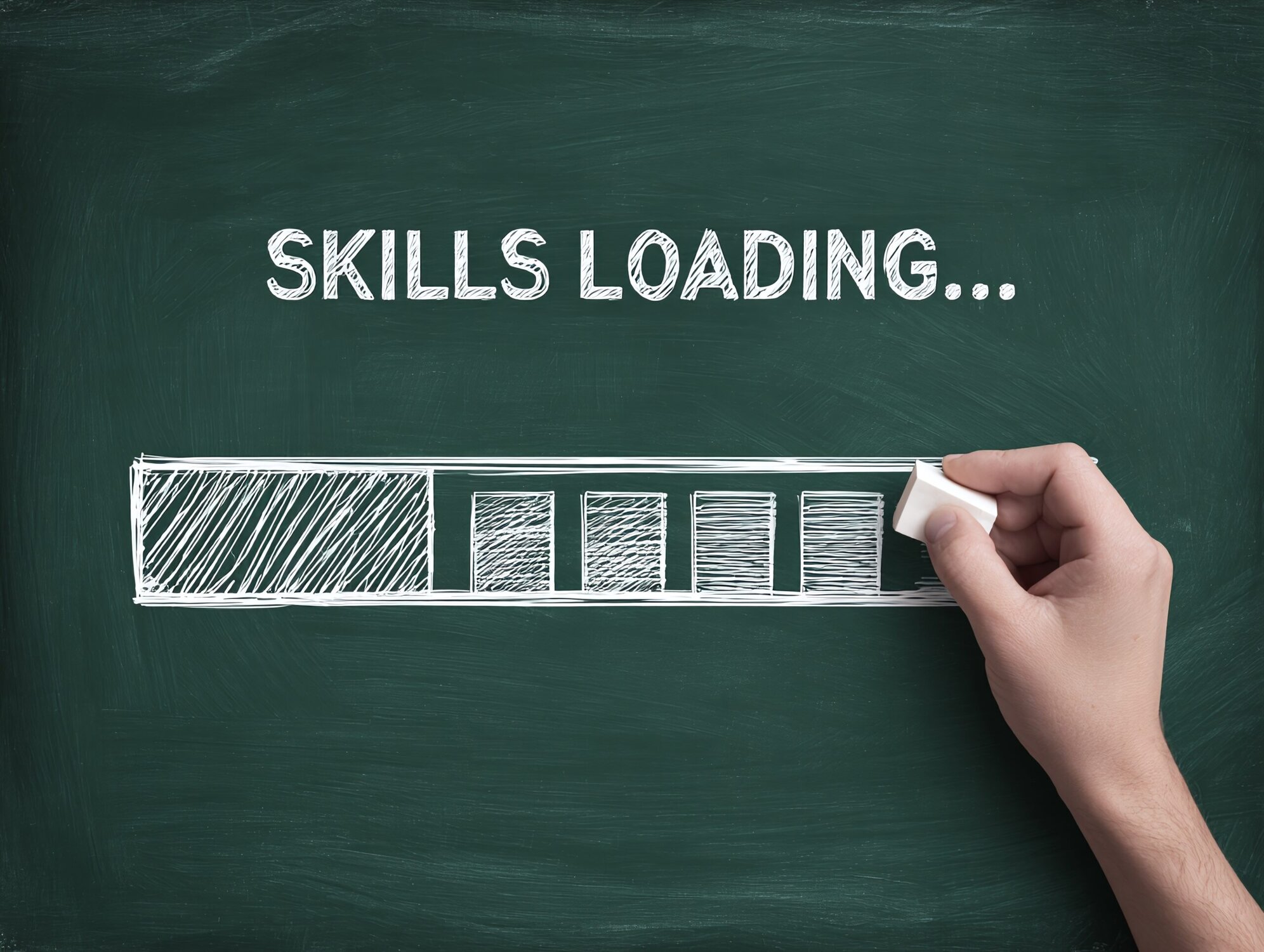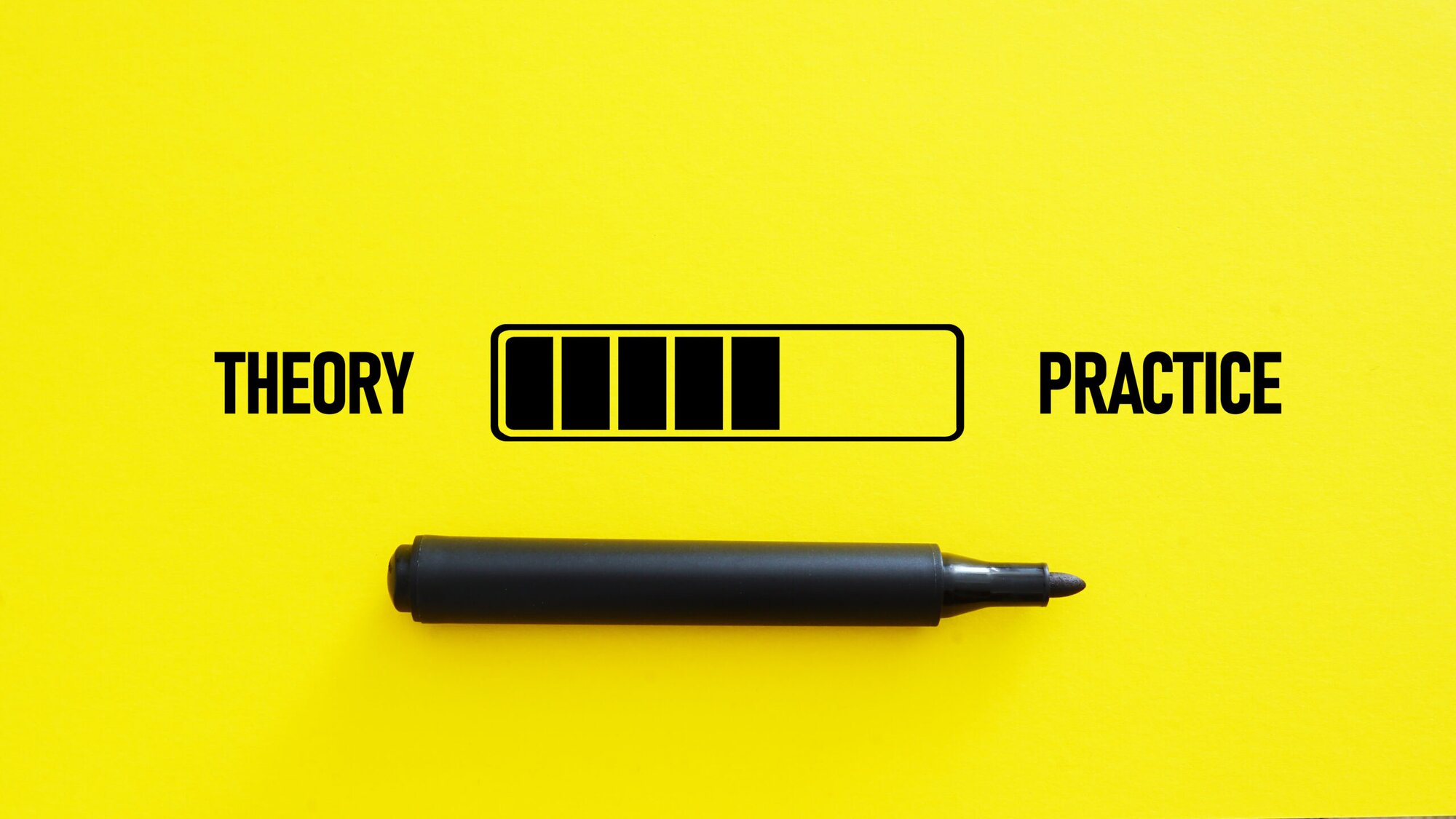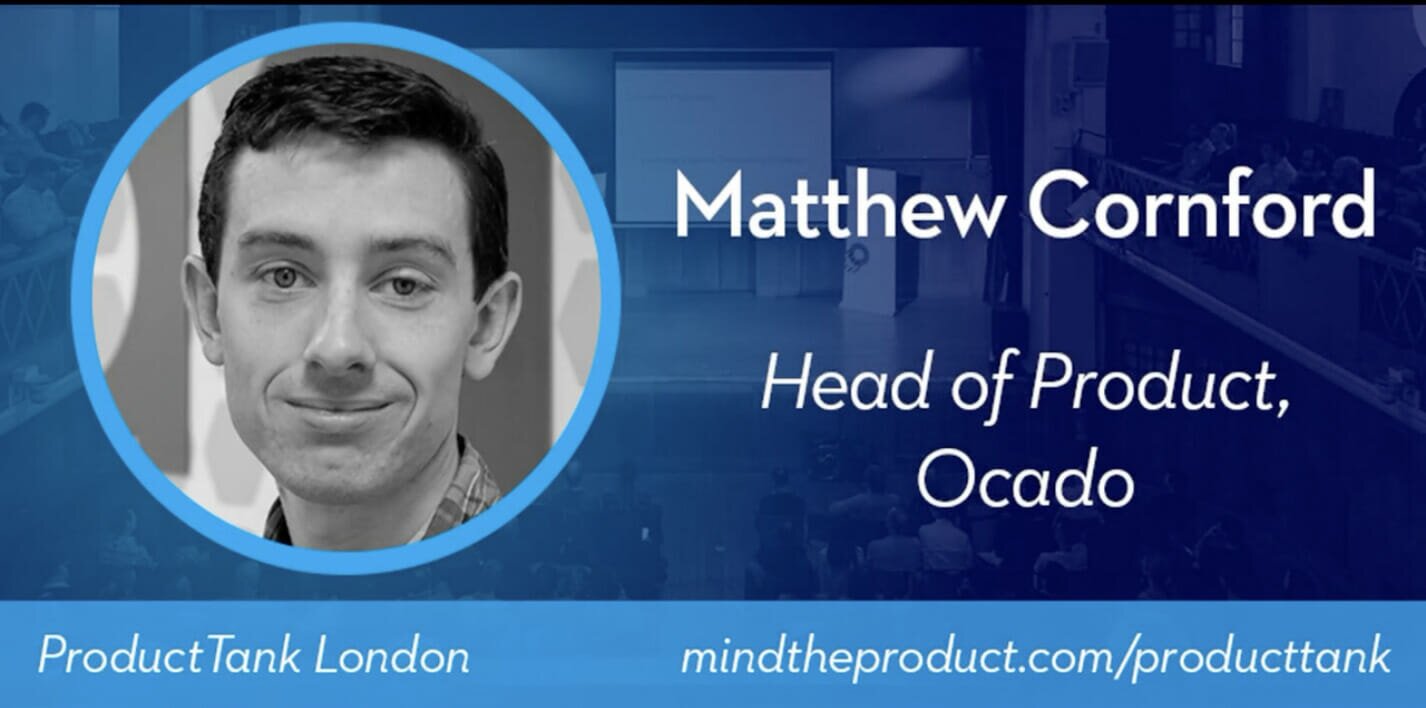In this #mtpcon Digital Americas keynote, Sara Wachter-Boettcher, the author of Technically Wrong, explores the common challenges teams are facing right now — challenges like burnout, emotional exhaustion, and trauma.
In brief:
- The effect of stress and trauma over time can be visible in the workplace — you might, for example, notice it in colleagues as irritability, defensive behaviour, seeming tired etc
- The impact of Covid 19 has been huge, for everyone. As a result, people are experiencing burnout — many have resigned or plan to
- It's vital to be aware of how you're feeling (and why) as well as how your team members are feeling — you will sometimes need to put yourself first
- We need to make changes in the way we work, be that encouraging time off, looking at job sharing, video-free calls, or company-wide shutdowns
Watch the talk in full or read on for the overview. Mind the Product members can also watch the recordings of all our #mtpcon Digital Americas talks here.
Sara starts by explaining how we can better understand our experience of the pandemic when describing it as a trauma and can view our ‘new normal’, or rush to be back to normal as the third of a fourth-phase major disaster.
Following the initial ‘impact’ and drawn out ‘rescue’ of the Covid 19 crisis, we may now view ourselves in a state of ‘recovery’, which is seemingly positive, Sara says. However, ‘recovery’ can actually be a ‘second disaster’ where we’re being forced back to “all of the inequities that existed prior to the event”. What’s more, people are unable to express distress while seeing people worse off around them, so new tensions and “all of the tensions that have been brewing, they get kind of swept under the rug until they erupt.”
Sustained stress moments
Trauma, as defined by the US Department of Health and Human Services, is “an event or a series of events, where an individual experiences it as physically or emotionally harmful or life-threatening” with lasting adverse effects. Sara describes the residual stress states which people may exhibit after a traumatic event, pointing to how they present themselves in the workplace:
- Fight activations mean you’re overly defensive, feeling constantly under attack. We see this in angry, irritable colleagues and also with those exhibiting cynical negative blaming cycles.
- Flight mode leads people to seek distractions, become disengaged, or actively avoid colleagues and can result in team members quitting or becoming ineffective.
- Freeze takes hold of the body when a person is unsure whether to fight or flee and is a way of dissociating. Sara describes how her personal experience of freeze is feeling exhausted when “super stressed” — “I find that I get suddenly and intensely sleepy. I call it a hard reset”.
- Fawn, while not a clinically distinct descriptor, is visible in the workplace where fearful or stressed employees will often people-please or let others’ overstep their boundaries. It’s about minimising personal needs in order to feel safe.
“What we push down leaks out,” Sara says, “it tends to leak out most often on the people who have less power than us in our organisations”.
The great resignation
“We need to start with actually understanding, you know, what is it that is hurting within us,” Sara says describing how, in May 2021 more US employees left their jobs than during any other month on record – something reflected in reports that found 1 in 4 US workers plans to quit their jobs after the pandemic. “They're burnt out and exhausted,” Sara says, “they're not getting the support they need”.
How to check in
In order to bounce back, we must take stock of where we are and unlearn thoughts like “my team needs me right now, I can't worry about myself”, as we will be better placed to help those around us.
“At work we just whittle our feelings down to just 1 ‘stressed’ — it’s really an outcome of some other feeling”, Sara explains, encouraging us to get specific, highlighting how a Feelings Wheel can help us understand ourselves better i.e. “what flavour of mad am I feeling?”.
What’s important isn’t to suppress or judge but to observe it and choose the reaction that’s going to serve you, and then create room for your team to do the same. You can ask questions like:
- What is your experience at this time?
- What's draining you most right now?
- What do you need more of right now?
This is a good way to start in order to help those around us check-in and can be one way to understanding post-traumatic growth, with people finding a new appreciation for life, more meaningful relationships, increased sense of personal strength, or changed priorities, but it should not be forced or expected.
Supporting change
Sara describes how the pre-pandemic ‘normal’ people nostalgically reference (and are forcing us to return to), was flawed, inflexible, unsafe, and had employees left unheard, with many working paycheck-to-paycheck.
Today we can look at making changes, whether that’s acknowledging the feelings of those around us, encouraging people to take time off, maybe looking at job sharing, video-free calls, or company-wide shutdowns. What’s key is to give people more control to define and vocalise what they need and how their job can best work for them. In return you may see reduced burnout, higher job satisfaction, enhanced employee safety and wellbeing, and ultimately a better ‘normal’.
Sara finishes by reminding us “we repeat what we don't repair […] I hope we use this moment to work through all of our feelings, to deal with our baggage, to stop suppressing things, and to start building the cultures we really want to exist. I hope we use this moment not just to bounce back but to repair what's long been broken”.
Discover more content like this
Explore more #mtpcon video content, use our Content A-Z to find even more product management content or for more on bouncing back and burnout, check out:
- Product Management Resilience – Coping Through COVID
- Resilient Management: AMA with Lara Hogan
- Lucia Adams on Burnout: the Signs, Symptoms, and Strategies
- Bouncing back from burnout (The Economist)






